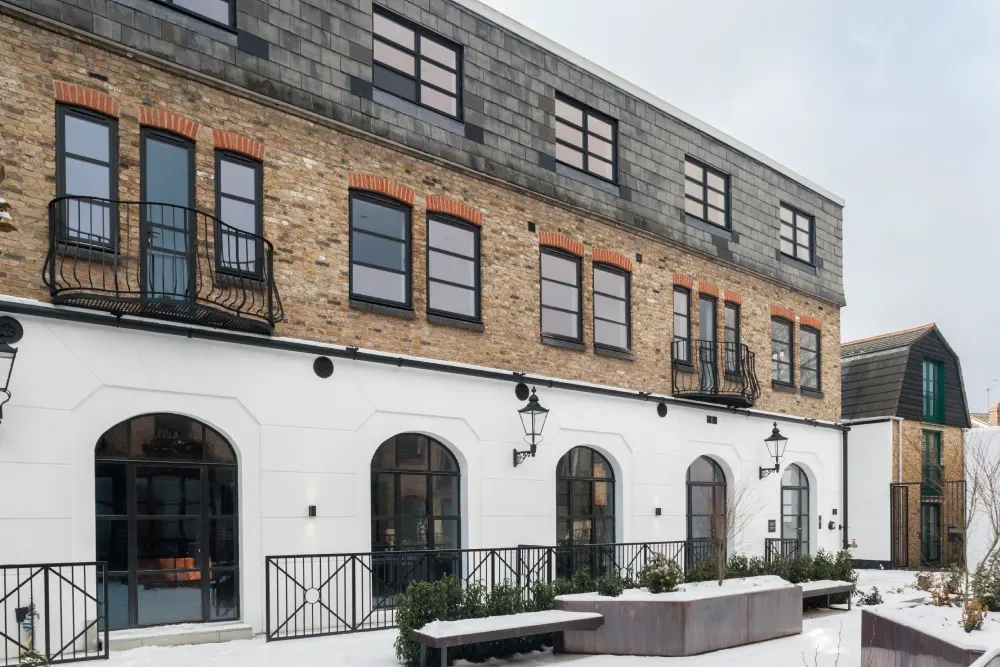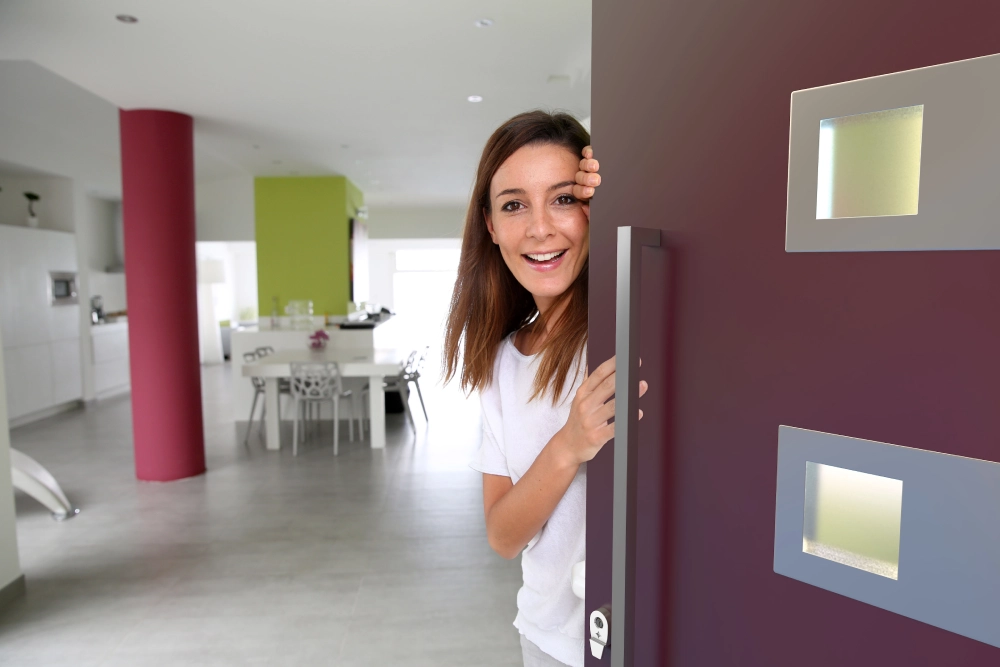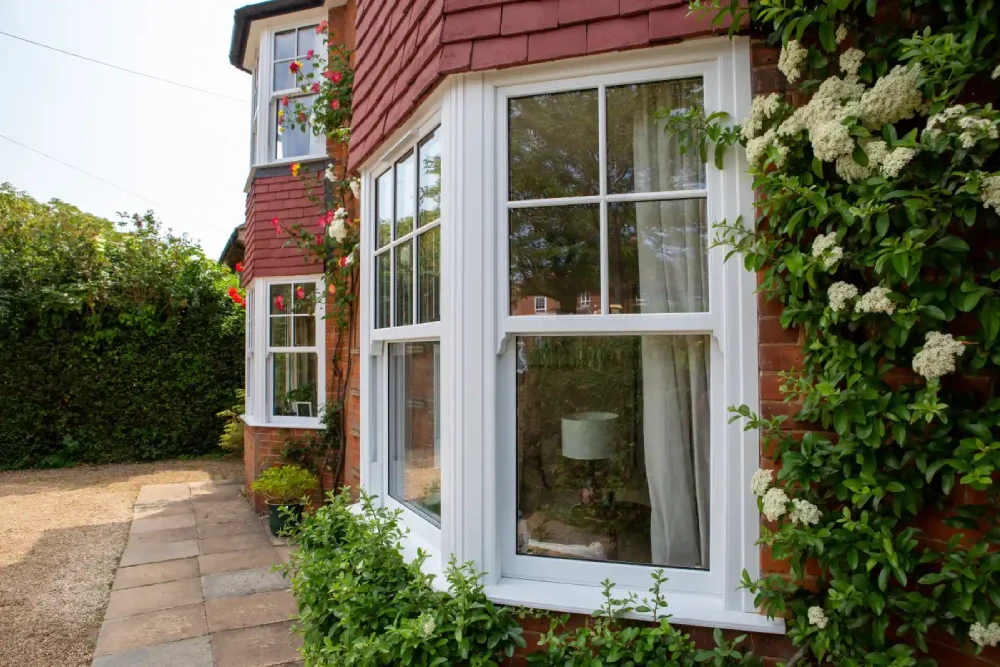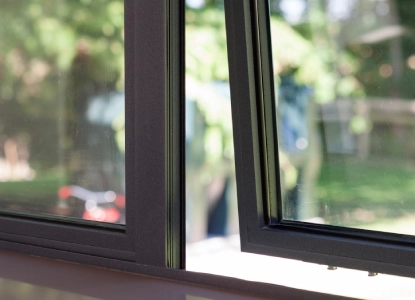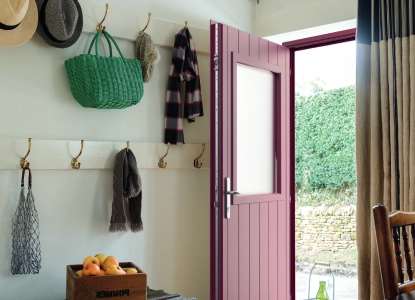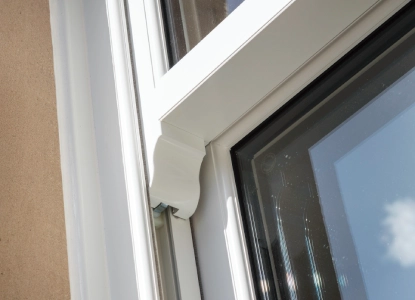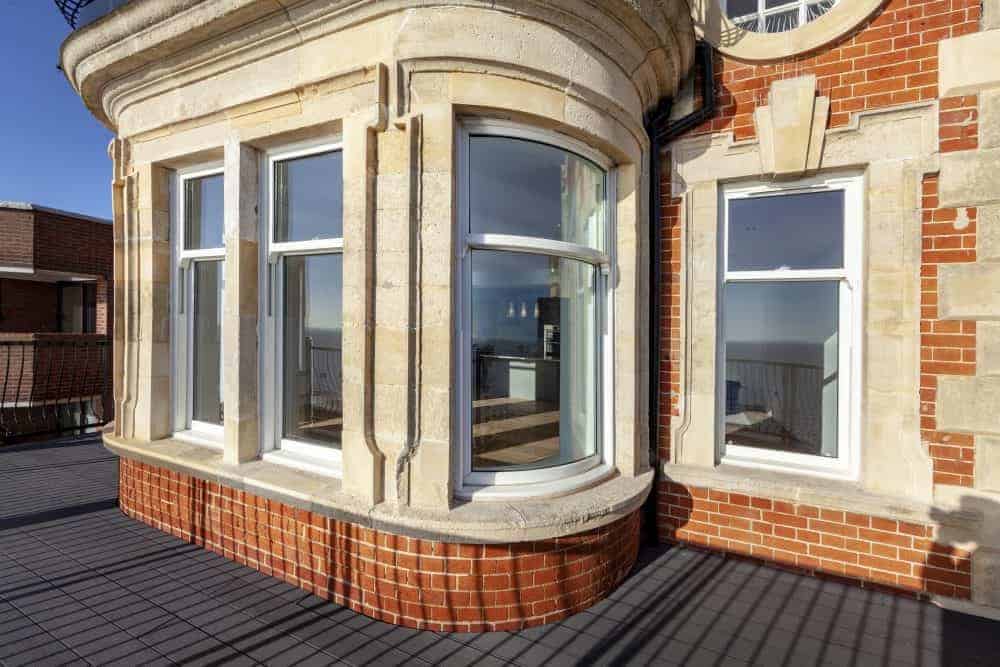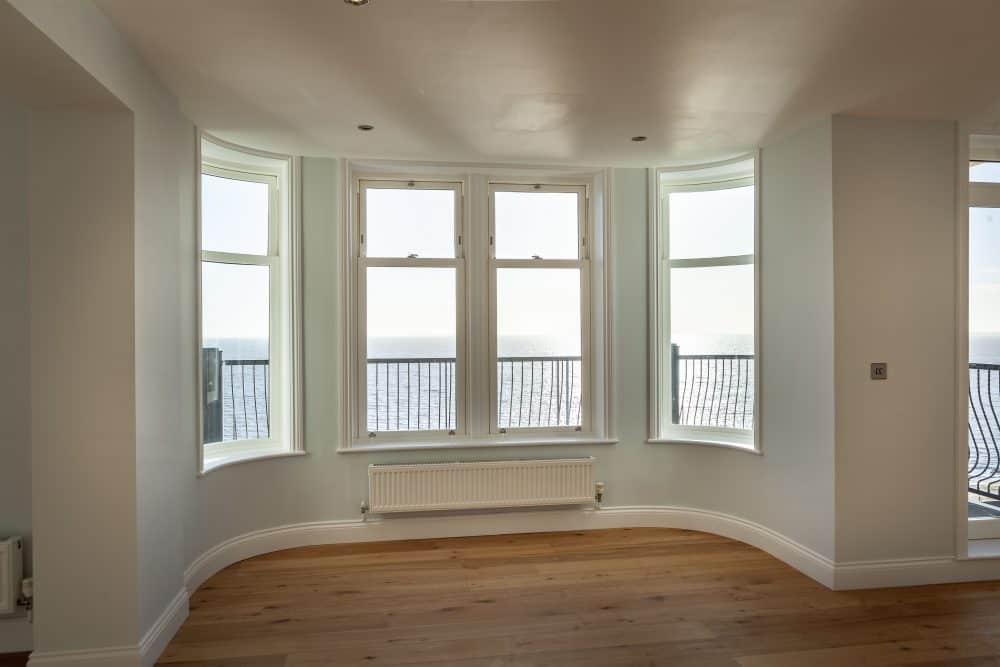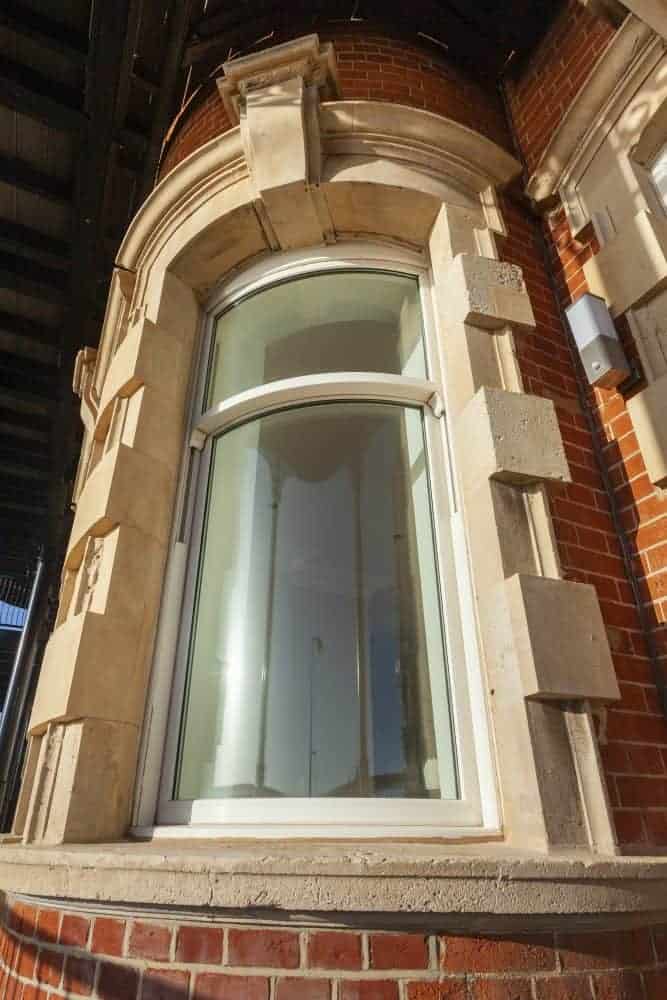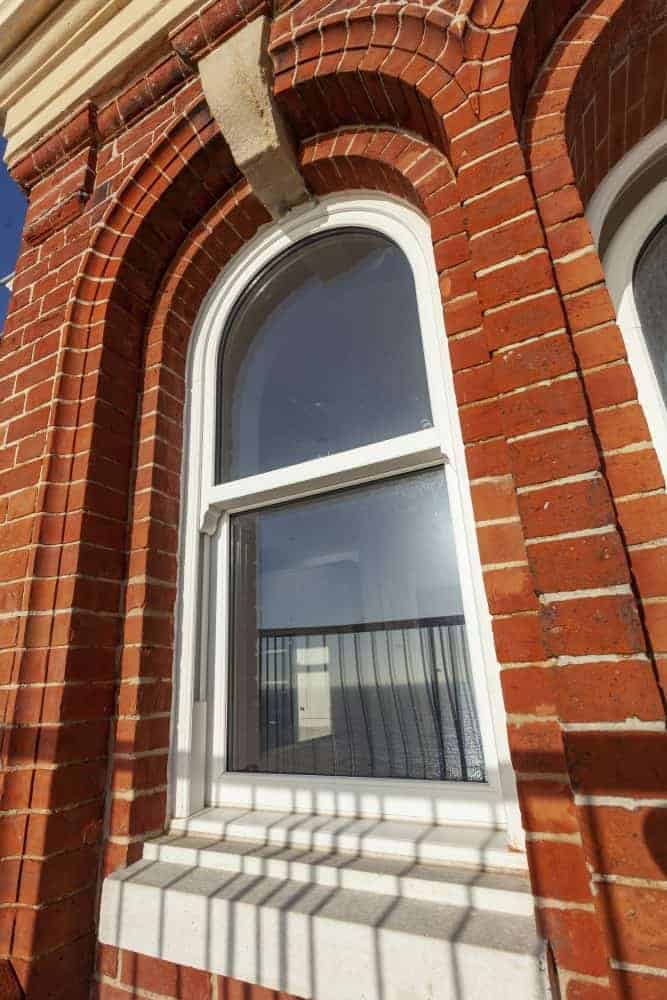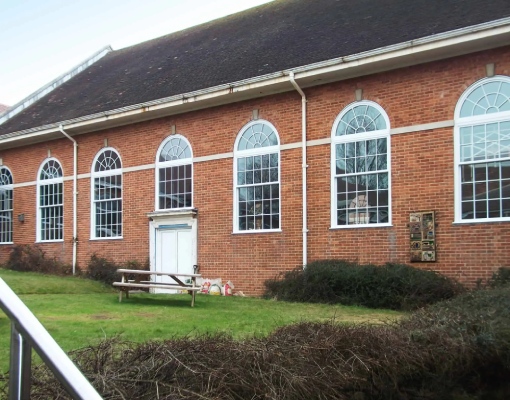A concise site safety checklist for glazing contractors
to keep you and your team out of harm’s way
By their very nature, construction sites are risky places to work. Reflecting this, 40% of people in the construction industry think an accident is “inevitable” on their sites. To deliver effective health and safety, the Health and Safety Executive says that leadership is essential. It highlights three essential principles:
Strong and active leadership from the top
- visible, active commitment from the board
- establishing effective ‘downward’ communication systems and management structures
- integration of good health and safety management with business decisions.
Worker involvement
- engaging the workforce in the promotion and achievement of safe and healthy conditions
- effective ‘upward’ communication
- providing high quality training.
Assessment and review
- identifying and managing health and safety risks
- accessing (and following) competent advice
- monitoring, reporting and reviewing performance.
With that in mind, what could and should a site safety checklist for glazing contractors cover?
Here are 10 areas to consider. For each item, assess how they apply to your business and the practices you can implement to ensure risks are dealt with sensibly, responsibly and proportionately.
Wearing Personal Protective Equipment (PPE)
Handling glass
Working at height
Organising the worksite
Lifting and carrying
Watching the weather
Maintaining health and hygiene
Communicating effectively
Working with other contractors
Being prepared
Make sure there is a well-stocked first aid kit on site at all times and that workers are trained in basic first aid so they can take prompt action if needed. Finally, remember that health and safety checklists are live documents. Make sure you keep yours up-to-date with the latest safety regulations and industry standards. Regular refresher training will also be important to ensure health and safety remains a key priority for everyone in your team. When you take leadership on health and safety, you are helping to meet your legal obligations as a business. More importantly, you are protecting your team.
Cliff House, Felixstowe
VIEW PROJECTFoxhill House, Chester
VIEW PROJECTUniversity of Sussex, Brighton
VIEW PROJECTVarndean College, Brighton
VIEW PROJECTFrom sash windows to aluminium bifold doors, our high-quality products are engineered and manufactured right here in Britain. We work with fellow UK-operated companies, Spectus Window Systems, Smart Systems, and Jack Aluminium Systems, to deliver only the very best to our trade, commercial and residential customers.
How much do French doors cost to install in the UK?
The cost of installing French doors in the UK varies depending on the size, material, and design. At Mercury Glazing, we offer competitive pricing tailored to your specific needs. Please contact us for a personalised quote.
How to fit door handles?
Fitting door handles can be a straightforward process. First, measure and mark the position on the door, drill the necessary holes, then attach the handle with screws. For detailed instructions or professional fitting services, feel free to reach out to us.
What are composite doors made of?
Composite doors are crafted from a combination of materials, including PVC, wood, insulating foam, and GRP (Glass Reinforced Plastic). This blend ensures strength, durability, and thermal efficiency.
What are composite doors?
Composite doors are high-quality doors known for their robustness, energy efficiency, and security. They are an excellent choice for those seeking a durable and aesthetically pleasing option.
Do composite doors fade in the sun?
Our composite doors are designed to resist fading, even under prolonged sun exposure, thanks to their high-quality materials and construction.
How to adjust composite doors?
Adjusting a composite door usually involves aligning the hinges and lock mechanism. If you're experiencing issues, we recommend contacting a professional for assistance to ensure optimal performance and avoid damage.
How to replace patio doors?
Replacing patio doors involves removing the old doors, preparing the opening, and installing the new doors. It's a task best handled by professionals to ensure a perfect fit and functionality.
How much do patio doors cost?
The cost of patio doors varies based on size, material, and design. Contact us at Mercury Glazing for a bespoke quote that matches your specific requirements.
How much are French doors?
The price of French doors depends on the material, size, and design details. We offer a range of options to suit various budgets. Please get in touch for a tailored quote.

